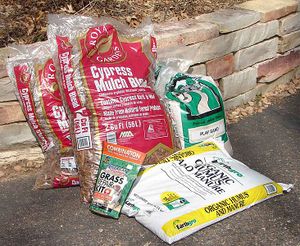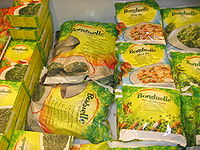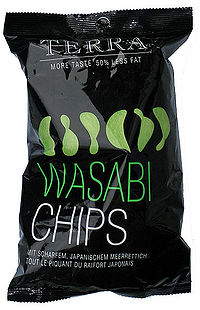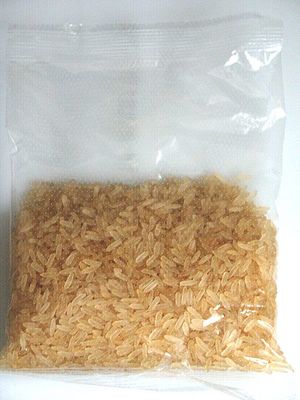Plastic Bags
A plastic bag, polybag, or pouch is a type of packaging made of thin, flexible, plastic fil, Woven Sacks, or plastic textile. Plastic bags are used for containing and transporting goods such as foods, produce, powders, ice, magazines, comic books, chemicals and waste. Most plastic bags are heat sealed together. Some are bonded with adhesives or are stitched.
Bag types
Packages

Several design options and features are available. Some bags have gussets to allow a higher volume of contents. Some have the ability to stand up on a shelf or a refrigerator. Some have easy-opening or reclosable options. Handles are cut into or added onto some. Plastic bags usually use less material than comparable boxes, cartons, or jars, thus are often considered as "reduced or minimized packaging".
In June 2009 Germany’s Institute for Energy and Environmental Research concluded that oil-based plastics, especially if recycled, have a better Life-cycle Analysis than compostable plastics. They added that "The current bags made from bioplastics have less favourable environmental impact profiles than the other materials examined" and that this is due to the process of raw-material production. Depending on the construction, plastic bags can be well suited for plastic recycling. They can be incinerated in appropriate facilities for waste-to-energy conversion. They are stable and benign in sanitary landfills. If disposed of improperly, however, plastic bags can create unsightly litter and harm some types of wildlife.
Bags are also made with carrying handles, hanging holes, tape attachments, security features, etc. Some bags have provisions for easy and controlled opening. Reclosable features, including press-to-seal zipper strips such as Ziploc, are common for kitchen bags. Some bags are sealed and can only be opened by destroying the packaging, providing some tamper-evident capability. Bags can be made with a variety of plastics films. Polyethylene (LDPE]], LLDPE etc.) is the most common. Other forms, including laminates and coextrusions can be used when the physical properties are needed. Boil-in-bags are often used for sealed frozen foods, sometimes complete entres. The bags are usually tough heat-sealed nylon or polyester to withstand the temperatures of boiling water. Some bags are porous or perforated to allow the hot water to contact the food: rice, noodles, etc.
Bag-In-Box packaging is often used for liquids such as wine and institutional sizes of other liquids.
Plastic shopping bags
Open bags with carrying handles are used in large numbers nationwide. Stores often provide them as a convenience to shoppers. Some stores charge a nominal fee for a bag. Heavy-duty Reusable Bags are often considered environmentally better than Disposable Packages.
Waste disposal bags
Bin bag
Flexible intermediate bulk container
Flexible Intermediate Bulk Containers (Big Bags, Bulk Bags, etc.) are large industrial containers, usually used for powders or flowables.
Danger to children
Thin plastic bags, especially dry cleaning bags, have the potential for causing suffocation. About 25 children in the United States suffocate each year due to plastic bags, most under the age of one. This has led to voluntary warning labels on some bags which may pose a hazard to small children.


